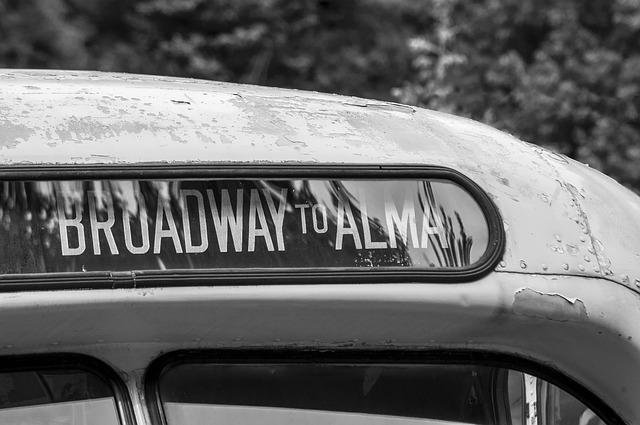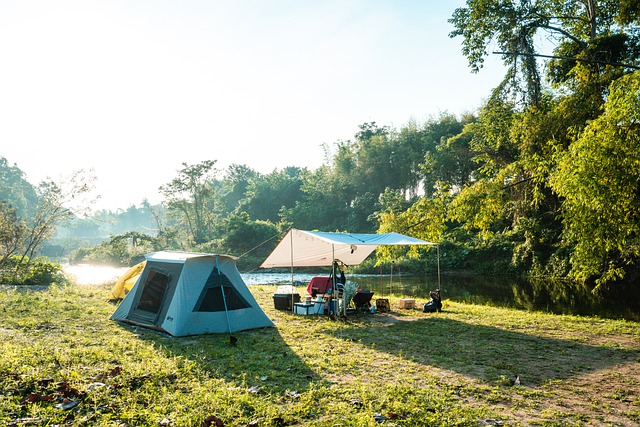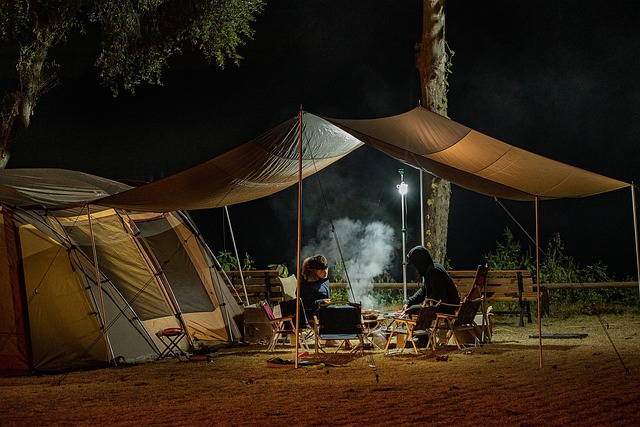
One of Minnesota's state forests is a great place to camp. There are over 4,000,000 acres of wilderness in the state forests. Minnesota state forest campsites are usually primitive and have a clear tent pad and firering. However, many state forests also allow dispersed camping, or unimproved camping without amenities. If you are camping in a state forest, you must follow the "leave no trace" principles, which means carrying everything you bring with you.
Minnesota state forests follow a uniform terminology and have the same standards of service. Although there are no designated campsites in Minnesota, dispersed camping can be done in most state forest. Those who camp in the national forest can find a campsite within a few miles of a national park. Many state forests provide easy access to attractions and activities, making it a popular choice for campers.

Dispersed camping is not allowed in Minnesota state forests, but you can find other options. Superior National Forest houses 18 rustic campsites offering car camping. More than 30 campsites are designated as "dispersed" in the Chippewa National Forest. While dispersed camping can be less convenient than traditional camping, it does offer some advantages. Enjoy Minnesota's natural beauty without having to worry about camping in a crowded spot.
Renting a cabin or an RV is a great way to have a camping experience in a state park. There are many state forests in Minnesota that offer cabins and other amenities. For example, the Beltrami Island State Forest, a 703,382-acre park, is the largest in the state. It is home of the five largest Wildlife Management Areas in Minnesota and contains the headwaters to five rivers. The national parks don't have any facilities for overnight camping. However, you can rent a cottage or other type site.
You can book a campsite at a Minnesota state park and select the one that suits your needs. Some forests allow you to reserve a campsite online. You have several options to reserve a campsite in a state forest. Avoid crowds by visiting the Minnesota state forest in the fall and winter seasons. And don't forget to visit some of the lakes in the area.

During the summer, you can camp in the Minnesota state forests. You have the option to choose the best campsite for you from the many available in the state forest. A state forest is a wonderful place to camp. It is vast and has camping close to the wild. But there are no campsites in the Minnesota national forests. A vehicle permit is required to enter all state parks in the park.
FAQ
How much does hunting cost?
The price of a hunting trip varies depending on where you live, the type of wildlife you plan to target, and the size of the animal you intend to kill.
An average hunting party of two persons costs $500-$1,000 per person. This includes lodging and food as well equipment, permits, fuel, and licenses.
There are some areas that charge more than others. If you plan to hunt during peak seasons, such as fall turkey season, expect to pay even more.
Why is it that only 1% of hunters kill deer annually, according to the U.S. Department of Agriculture.
The USDA estimates that about 6.5 million Americans hunt deer. Only 2.2million actually shoot one.
This means that about 0.6% of hunters kill a deer each season.
What are the benefits to hunting?
Hunting is a tradition that many cultures have followed for centuries. It was used to obtain food, clothing and shelter. People hunt today for sport and recreation, as well as for food and entertainment. Hunted animals' meat is often consumed right after being killed. The skin, fur and feathers of the animal are then eaten, along with any other parts such as their antlers, horns or teeth.
Hunting is not only a way you eat, but it's also a way you live.
People who hunt have strong family ties and friendships because they spend time together. They share their stories and memories over meals and around campfires.
Hunters enjoy nature and wildlife, which helps them appreciate life on Earth.
When they look after game animals, they are taught responsibility and respect.
Hunters become better citizens because they practice conservation. They work to protect habitats, species, and the environment. They know how much water and land we need to survive.
Hunters make up a part of a larger group. Their families rely on them. They are there for each other. They support local businesses.
Hunters are known for their generosity. Many hunters contribute money to charity organizations that aid children, the elderly, veterans, and others.
Hunters may also offer their time and help to those in need. For example, they might work with the Humane Society or the Red Cross.
Which state is home to the most deer hunters in America?
The state with the most deer hunters is Wyoming. It also has one of the highest numbers of hunting licenses that are sold each year.
South Dakota is the state with the most deer hunters. It is ranked third for the annual number of hunting permits sold.
New Hampshire is home to the most deer hunters. It is last in the country for hunting license sales per capita.
Where can you buy a gun
Gun shops are found all over the nation. These stores sell guns from low-cost starter models to more expensive high-end models.
Many gun shops are specialists in selling firearms. Many gun shops have knowledgeable staff who can help you select the right gun for you.
We have a guide for handgun buyers.
How many Americans hunt with rifles in the US?
It is estimated that around 2 million hunters hunt with rifles each year.
These hunters are mostly males, aged between 18-55 years old and live in rural areas.
They hunt in solitude, usually using a crossbow or a bow, and hunt during daylight hours.
Whitetail deer (68%), mule deer (13%), and black bears (10%) are the most common targets for hunters.
There is not a national data set on how many women are involved in hunting, but there is evidence that this activity is growing.
Statistics
- According to the Wildlife Restoration Act, passed in 1937, most of the state conservation efforts are funded through hunting and fishing license sales and firearms sales. (stacker.com)
- Less than 1% of Hawaii's population has a hunting license. (stacker.com)
- Thanks to the 1937 Pittman-Robertson Act, an 11% excise tax was placed on the sale of firearms, which were then used for conservation. (stacker.com)
- - Percent of residents with paid hunting licenses: 0.7%- (stacker.com)
External Links
How To
How to hunt for deer
Deer hunting is a very popular activity in North America. Hunting deer has many exciting aspects. It takes patience, skill, knowledge, practice, and perseverance. A hunter must learn how to use his equipment properly and make good decisions while hunting. The best way to become a successful hunter is to study the habits of the animals and their environment before going out into the field. Hunters of deer must know where the best hunting spots are. They should understand what kind of food they want to eat and when they want to eat it. Hunters need to know how much meat they are allowed to eat without becoming sick.
Hunting deer can be difficult because of the many things that you must take care. If you don’t own land, it is necessary to get permission from them. You can rent a gun if you do not have the funds to buy one. A gun is $10 per day, plus tax, when you rent it. After renting a gun, you must register it at your local police station. The registration process takes only five minutes and costs $5. Your guns should be kept clean and properly oiled. Cleaning them involves cleaning the barrels and bolts as well safety, trigger guards, stocks, and hand grips. You need to oil them by putting a little oil in every part. This prevents rust and helps to keep the gun running smoothly.
Before you can start shooting, you need to find a suitable spot to camp. Camping near roads and houses is prohibited. You must not leave any trash behind. When you camp, you must ensure that you have everything you need. Additional water and food should be packed. You should also bring a flashlight so you can see it at night. Always carry a map that shows where you're at the moment and where you plan on going. You should dress appropriately for the weather. You should always wear gloves and boots. A compass and knife are essential. You should always have a cell phone.
Before you begin shooting, ensure that you check the ammunition. You should ensure that all your bullets fit into the magazine. Three shots should not be fired at once. Reloading should be quick. It is important to aim carefully. Avoid small games like squirrels or rabbits. Do not aim too high when playing large games like deer. It is important to remain calm and steady. Nervousness can cause you to miss your target. Slowly squeeze the trigger and hold your breath. Before you start shooting again, wait for the animal to stop running.
These are some tips that will ensure you do not kill an animal. Pay attention to whether the animal has suffered injuries. Stop shooting if you suspect that the animal has been injured. It is important to try and hit the animal's heart. Shooting from the shoulder is best. It's dangerous to shoot from your hip. You might accidentally hit someone else. You should never shoot at anything that moves. Always check your surroundings before you fire a gun. Your gun should not be pointed directly at another person. You should never shoot an animal unless you are certain that it is dead. It is not a good idea to shoot pregnant women. Driving a vehicle is not the best way to shoot.
If you want to become a better hunter, you should read books about hunting. Many books are available online that teach how to hunt. These books teach you how to hunt and how to track animals. Many hunters find that reading books helps them to feel less lonely in the winter months.